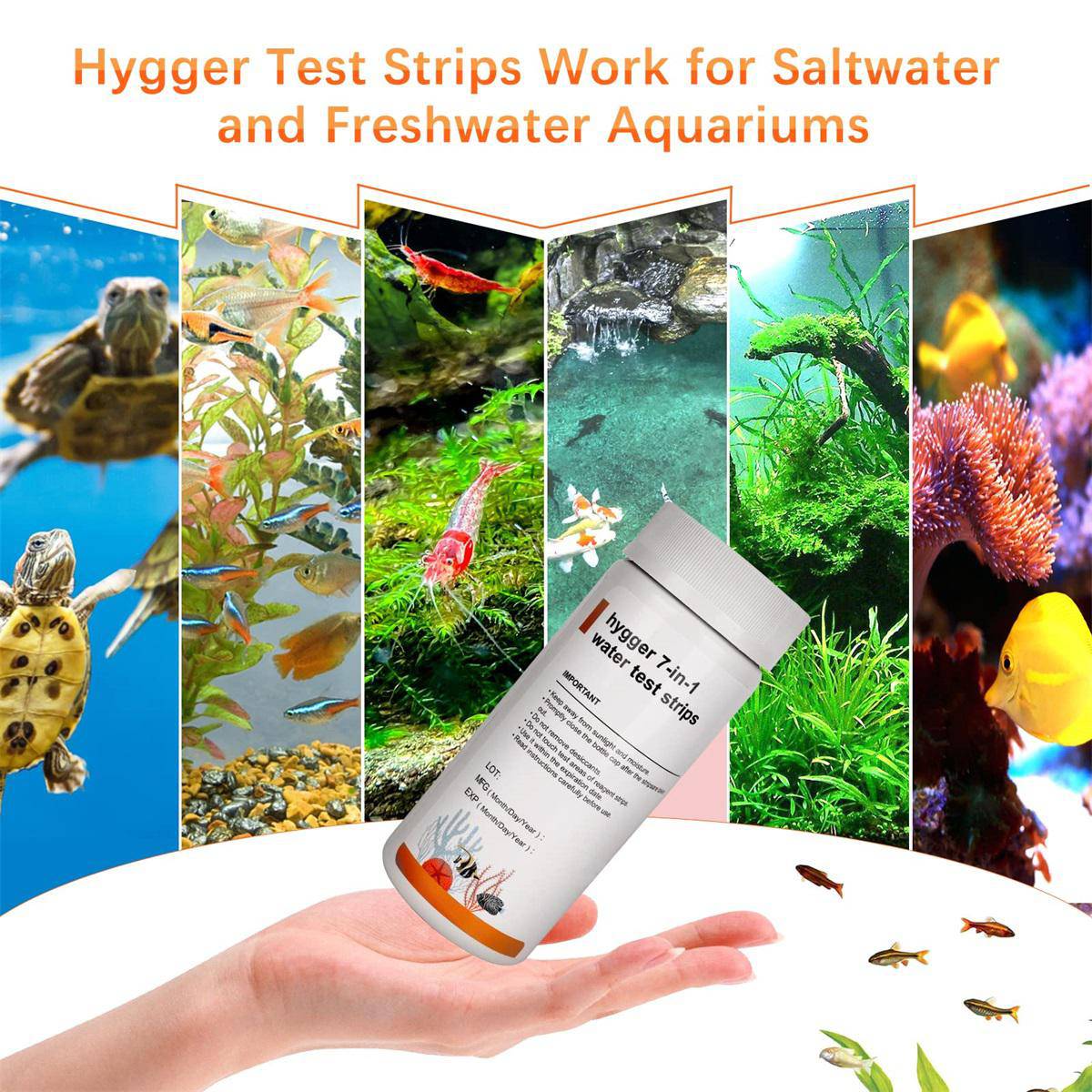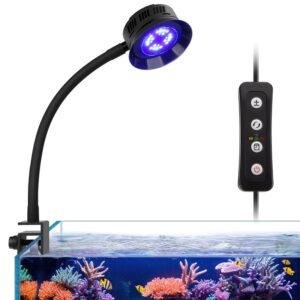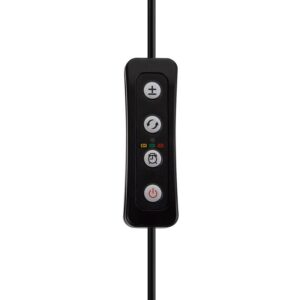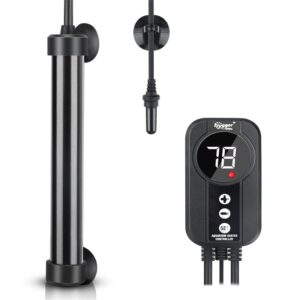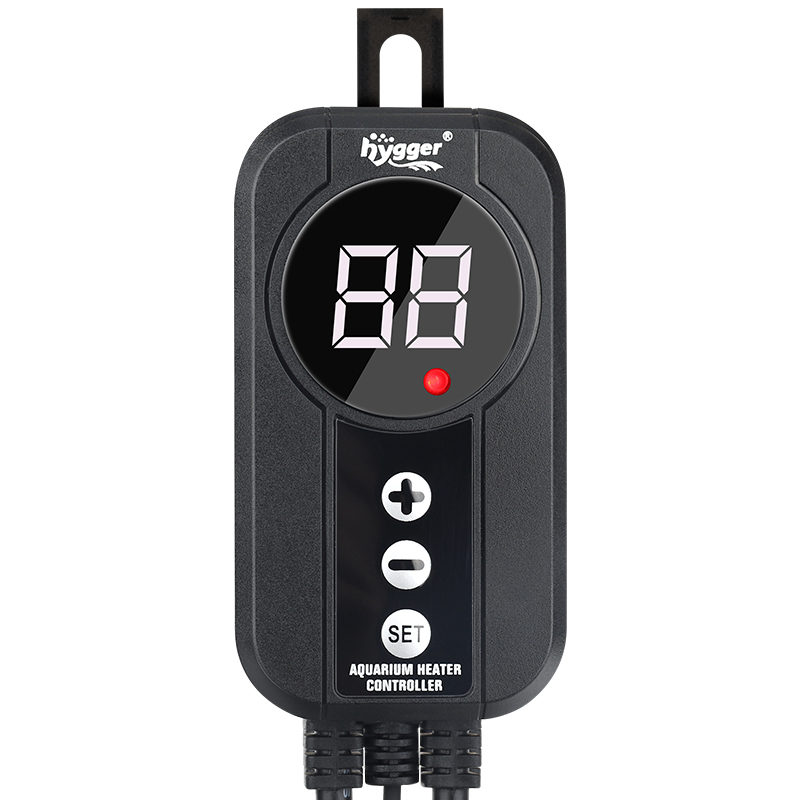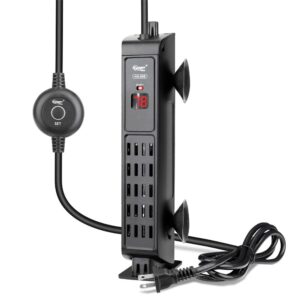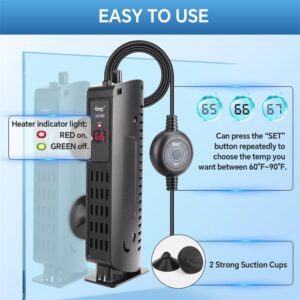Advice for Beginners in the Marine Aquarium Hobby
Setting up a marine tank is an equally challenging and fun task. You need to take some veteran’s advice to set up your beginner marine aquarium. In this article, you will learn about marine aquariums for beginners including fish types, equipment, and advice for your tank. To learn in detail, scroll down the page.
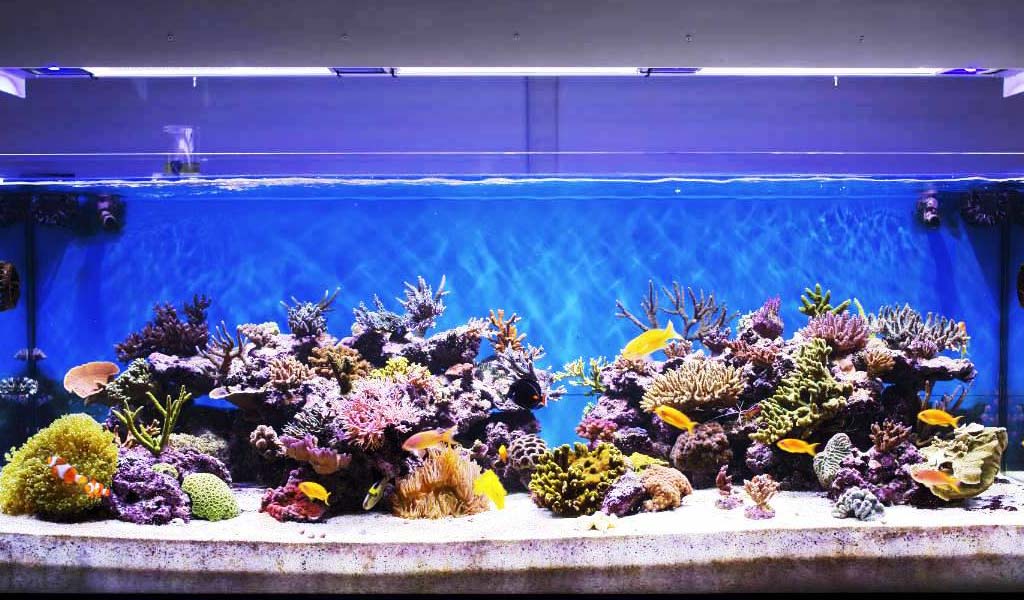
Marine Aquarium Fish for Beginners
When setting up your beginner marine aquarium, choose fish wisely. It will help to make your first experience joyful. Here are some of easy to keep fish for beginner marine aquariums.
Clownfish
Clownfish have three alternating bold orange strips that match the clown’s uniform. It is a beginner marine aquarium fish for their hardy nature, occasion calmness, and small space requirements. However, keep in mind that sometimes they become aggressive over dominance. Their short profile is in the following.
| Space requirement | 30-gallon | Temperature | 24–27°C |
| pH | 8.0–8.4 | Salinity | 1.020–1.024 |
| Suitable tank mates | Gobies, damsels, wrasses, butterflyfish | ||
Azure Damselfish
This Indo-Pacific fish is another of the best options in marine aquariums for beginners. They are named after their dominant blue and yellow body color. Don’t forget to introduce multiple hiding spots in the aquarium, as Azure Damselfish loves to hide. Although they are hardy, here are some other important parameters for optimal growth.
| Space requirement | 15 gallons for single fish | Nature | semi-aggressive |
| Temperature | 23–29°C | pH | 8.1–8.4 |
| Salinity | 1.020–1.025 | Suitable tank mates | Angelfish, Triggerfish, Hawkfish, and Tangs |
Gramma loreto
This 3-inch tropical western Atlantic Ocean habitat is another fish for marine aquariums. This colorful option is suitable for beginners due to its hardy nature and easy to keep. Here are the brief requirements to keep them in the tank.
| Nature | non-territorial, aggressive to other species | Tank size | 30 gallons |
| pH | 8.1–8.4 | Specific gravity | 1.020–1.025 |
| Temperature | 22–26°C | Suitable tank mates | Yellowhead Jawfish, Clownfish, Atlantic Blue Tang, and Striped Squirrelfish |
Butterflyfish
Butterfly fish is another advised fish for marine aquariums. They live in tropical reefs around the world. This stirped carnivore has 129 species. It has a relatively larger size, i.e., 8 in. Here are the brief requirements to keep them in the tank.
| Nature | moderately aggressive in the community tank | Tank size | 125 gallons |
| pH | 8.1–8.4 | Specific gravity | 1.020–1.025 |
| Temperature | 22-25.5ºC | Suitable tank mates | Nerite snails, Ropefish, Altum Angelfish, Knifefish, Kuhli Loaches |
Chalk Bass
You can also keep this orange fish with a purple color in your beginner marine aquarium. They live in most parts of the Caribbean, off Florida, and the western Atlantic Ocean. It is the best option for beginners and small tanks, as they can grow up to 3 inches.
| Nature | peaceful | Tank size | 30 gallons |
| pH | 8.1–8.4 | Specific gravity | 1.020–1.025 |
| Temperature | 22–26°C | Suitable tank mates | Larger basses, Lionfish, Triggerfish |
Serranus Tortugarum
It is another easy-to-care, ray-finned fish that is a suitable option for your marine tank. Serranus Tortugarum lives in tropical regions, i.e., the Caribbean and West Atlantic oceans. Their resilient nature makes them suitable for beginners. Here are brief requirements that you need to understand.
| Nature | can eat small fish and crustacean | Tank size | 30 gallons |
| pH | 8.1–8.4 | Salinity | 1.020–1.025 |
| Temperature | 22–26°C | Tank mates | Lionfish, Triggers, Larger basses |
Equipment for New Marine Aquarium
When you are setting up your marine aquarium for the first time, you need specific equipment for proper functioning. Some are inevitable, while others help in automation. Some equipment makes your aquarium maintenance process smooth and easy. Here in the following, all three categories are discussed.
Must Required
- Tank/Aquarium: Select a suitable/desired and required size of aquarium. You can buy it or DIY your glass aquarium.
- Filter: Filters help to clean the water. You need three types of filters, i.e., mechanical, chemical, and biological. Most of the time, mechanical and biological filters come together. The chemical filter comes in separately. Choose the aquarium filter according to the tank size. Different types of filters are available.
- Heater: Sometimes, the water temperature drops, which adversely affects the fish’s health. To avoid this, add a heater or thermostat to your equipment cart.
- Sand/ substrate: The substrate helps to create the base of the tank. Mostly, it is sand. It protects the bottom of the tank, gives foundation to plants, provides spawning area to fish, etc.
- Return pump: It helps to move the water through the filter and also creates the desired water moment and oxygenation in the tank.
- Aquarium salt: As the name suggests, salt is an inevitable component in marine aquariums. Moreover, aquarium salt also carries numerous other benefits, i.e., health improvement, healing wounds, prevention from lethal nitrates, reduction in fish energy consumption, and many more.
- Live Rocks: It is another thing to introduce in the aquarium. It holds numerous benefits for aquariums and fish. It provides shelter, a biological filter, a foundation for coral growth, and food.
- Powerhead: It helps to create water circulation to improve the aquarium’s oxygenation.
- Lighting: Lights are another one of the most important equipment that you need while setting up your aquarium. It helps in photosynthesis and plant growth, helps mimic natural habitat, and improves the immune system.
- Air pump: It acts like the powerhead.
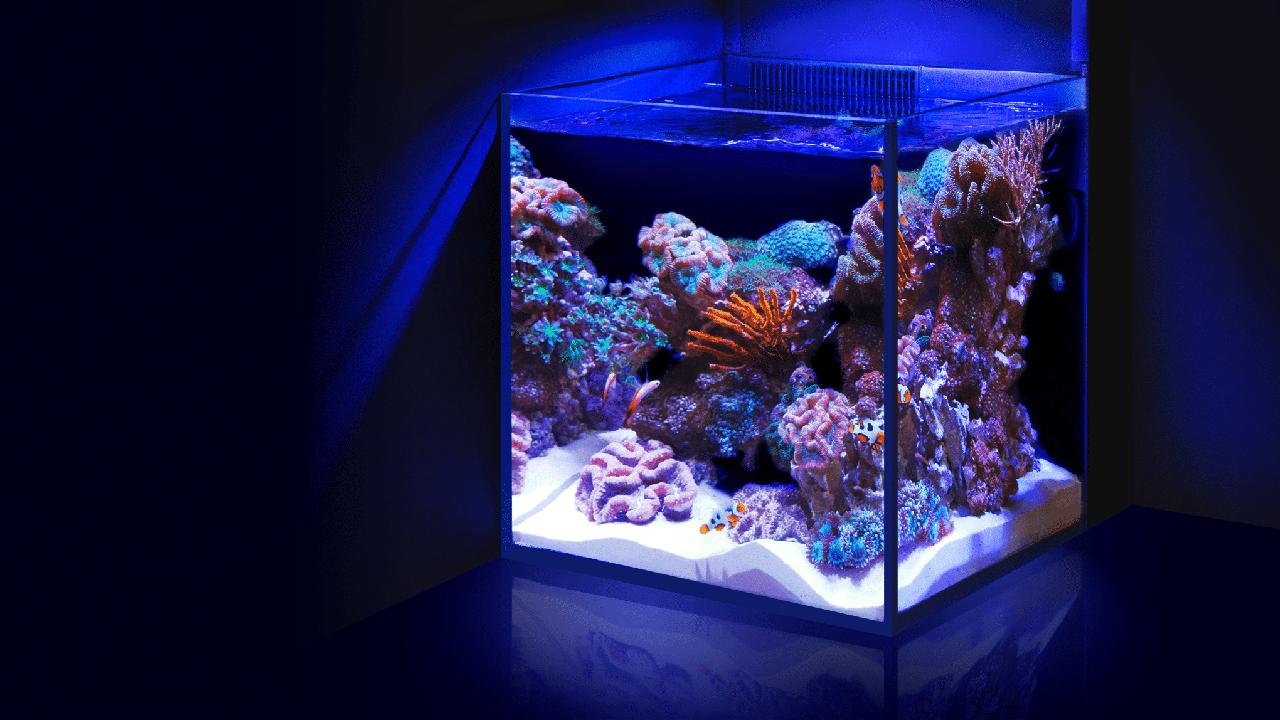
Advance Equipment
- Aquarium controller: It turns off and on the lights and other electrical equipment at a specific time.
- Automatic filter roller: It removes the particles from the aquarium that turn into nitrate and nitrite.
- Media reactor: It helps to improve the effectiveness of the filters by passing through all the water through them.
- Monitor: It helps to monitor the aquarium parameters, i.e., temperature, nitrate, nitrite level, etc.
- Auto testers: They automatically test and control different elements in the aquarium, i.e., Magnesium, Sodium, Potassium, Nitrate, and Calcium levels.
- Ozonizer: It removes or destroys toxin elements from the tank.
- Calcium reactor: It helps to dissolve calcium in the tank and introduce other trace elements.
- UV sterilizer: It removes the protozoans from the tank to make it suitable for the new babies.
Additional Equipment
- Gravel cleaner: Gravel cleaner sucks the fish waste and other impurities from water and makes the substrate clean.
- Salt mixer: It helps to mix the salt in the water to create excellent marine conditions in the tank.
- Test kit: It helps to monitor different water parameters, i.e., pH, nitrate, nitrite, ammonia level, etc.
- Activated Carbon: Activated carbon acts as a chemical filter and removes chemical debris from the tank.
- GFO: Granular Ferric Oxide removes phosphates from the tank that is otherwise hazardous for the tank habitat.
- Filter Socks: It helps to keep the water column crystal clear.
- Filter Pads: Filter pads remove toxins by absorbing them.
- Filter Media Bags: These are small filter bags that hold filter media.
- Coral Glue: It glues the rocks and corals to where you want them in the marine tank.
- Coral Dip: It helps to keep your marine tank from pests.
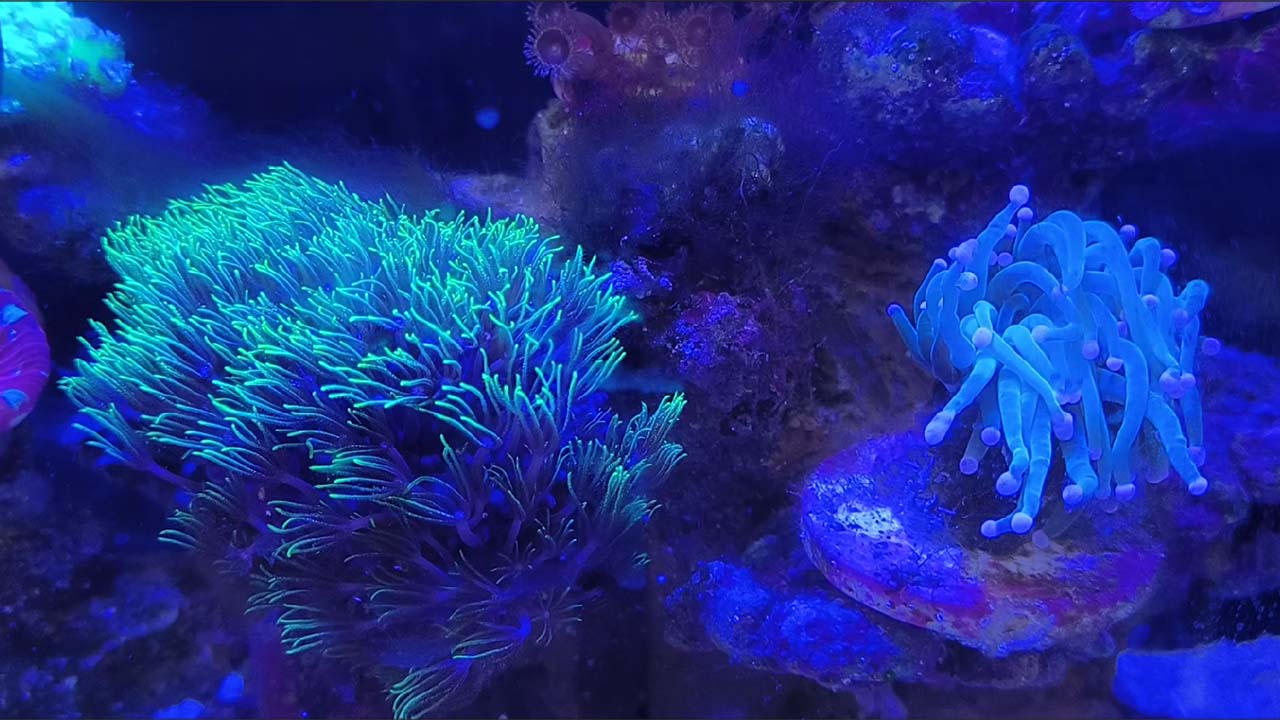
Marine Aquarium Advice for Beginners
In the following, some pieces of advice will help you to build and maintain your marine aquarium as an absolute beginner.
Aquarium Setup Cost
The cost of a marine aquarium setup depends upon the tank’s quality, decor type, substrate, filter, etc. With the basic types of equipment, you can set up your marine tank as a beginner for about $100. The cost can increase to $600 if you pay attention to details and advanced features.
Tank Size
Don’t go too small and with very large. Both options are hard to manage. A 20 or 30-gallon marine tank is the best for beginners.
How to Prepare the Saltwater Aquarium
Here is a comprehensive way to set up a saltwater aquarium.
- Gather all of the equipment.
- Disinfect the tank and equipment. Then, place the tank in a sturdy and level place. Fill the bottom with substrate and install all equipment according to the manufacturer’s instructions.
- Use aquarium salt to prepare salt water. Check the salinity level with the hydrometer.
- Quarantine the fish in a separate tank and check their behavior.
- Cycle the new tank to establish a proper eco-system.
- Introduce the quarantined fish in the established tank.
- Keep a proper eye on different aspects of the tank, i.e., pH, ammonia level, temperature, etc., and fix any problem as soon as possible.
- Schedule a maintenance cycle for the tank. Early on, it took frequent maintenance, but later, it reduced to a few.
- Continue to learn and safely experiment with things for further experiences.
Advice on Plant Population
Cover 30% of the tank with plants, i.e., floating plants, standing, etc. As a beginner, you should lower the plant population. It will make maintenance easy of maintenance. Later on, you can increase the population.
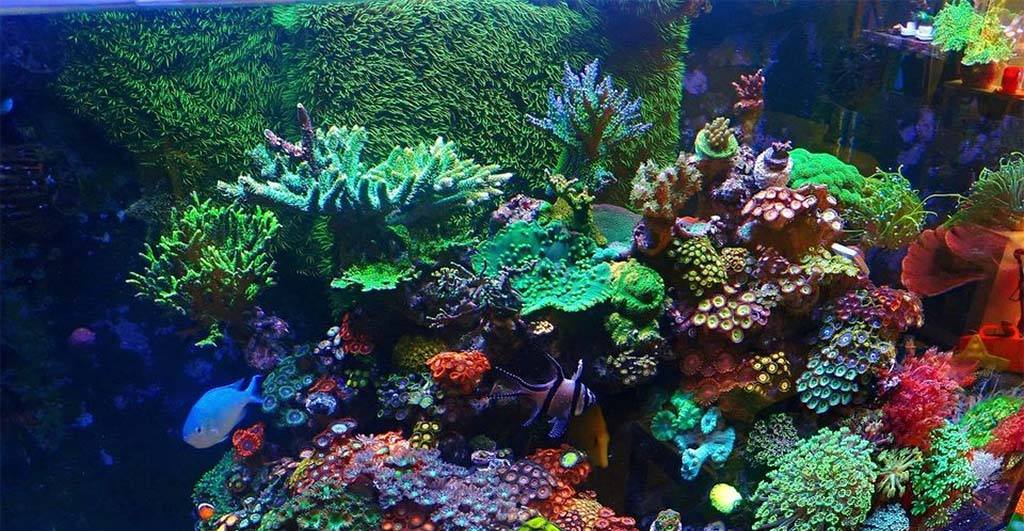
Lighting
Most coral tanks thrive under moderate light, i.e., 150 to 250 PAR when turned on for 12 hours with 6 to 8 hours of intense light. Install the high-efficiency LED lights by keeping some height over the tank for proper light distribution. Take a reference of Lighting Requirements for Planted Aquarium.
Heater
A 3 to 5-watt heater is enough for a gallon tank. Multiply the odds with the tank size to get the desired heater size for your tank. Place the heater near the filter for proper heat distribution. Use the thermostat to balance the water temperature throughout the time.
Feeding
Feed two times your aqua pets. Supply only quantity that pets consume within 2 minutes. Spread it all around and slowly, it will reduce competence among your marine pets. To avoid monotony, keep the diversity in food types, i.e., feast your pets on and off with some unique and favorite food items. You can do it better with an intelligent fish feeder when you’re out at home or busy. Properly inspect the food because most food causes the disease to spread in the tank.
Monitoring
Monitor the water and other tank parameters, i.e., pH, ammonia, nitrate, nitrite, phosphate, temperature, etc. Keep the parameters in balance for optimal fish growth. Moreover, set a maintenance schedule, i.e., water change, cleaning, gravel cleaning, filter checkup, etc.
Filtration
The filter’s flow rate should be 4 to 6 times the tank’s volume. A UV filter is also a suitable option to kill the free-floating parasites in the tank. In the beginning, biological filtration needs a lot. To meet this, introduce beneficial bacteria and frequent filter cleaning.
Quarantine Tank
Once you observe laziness in a fish or signs of sickness, move it to the quarantine tank. It will help to save the rest of the aqua pets. Treat the fish or consult with a doctor.
In Closing
Before setting up a marine aquarium, do proper research about equipment and find a proper tank-keeping space. Make a step-by-step procedure and follow it. Follow all of the discussed marine aquarium advice to be a successful marine aquarist. The most important advice is to keep patience and keep on researching.

